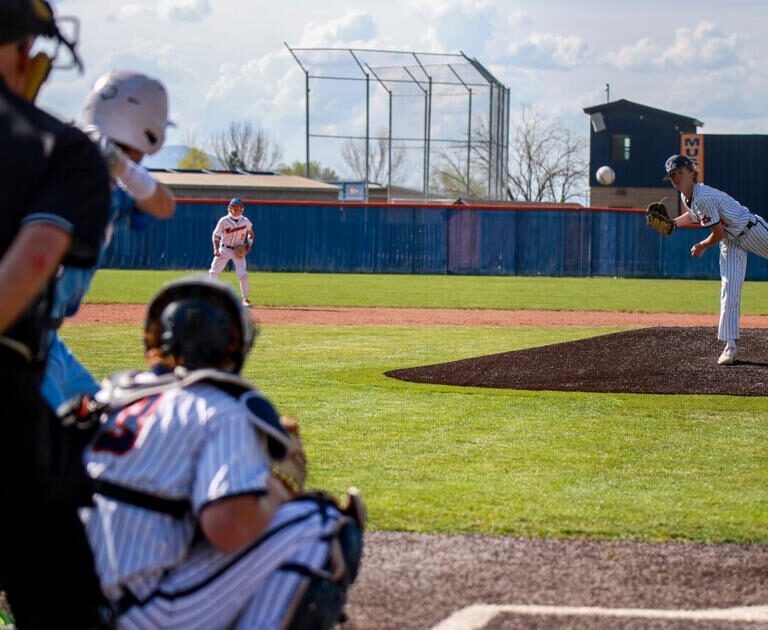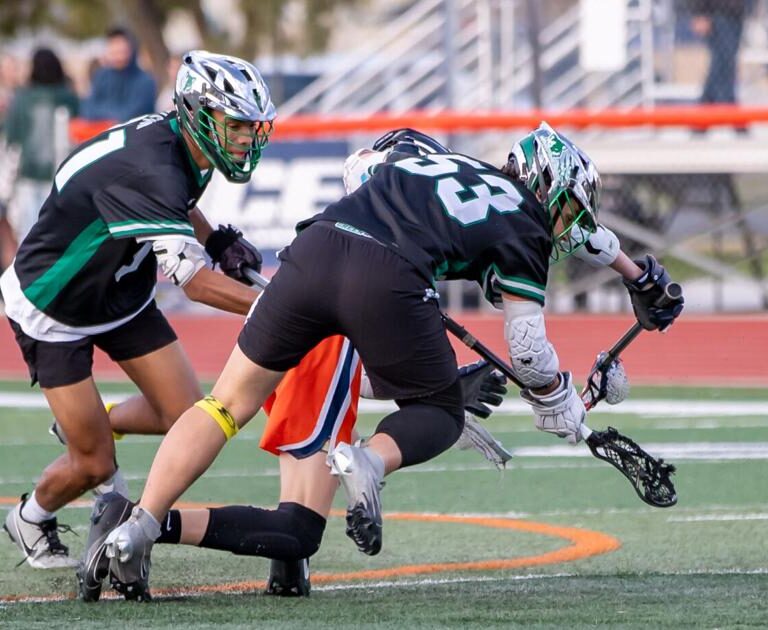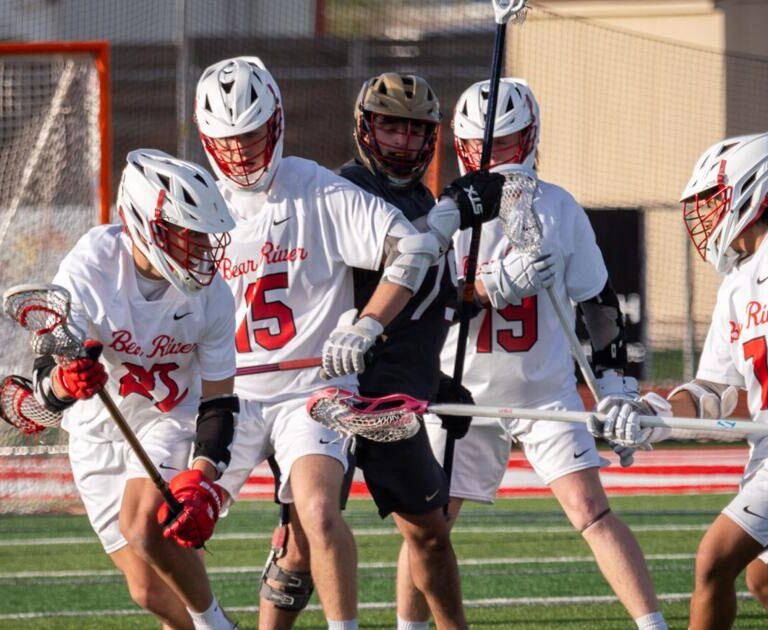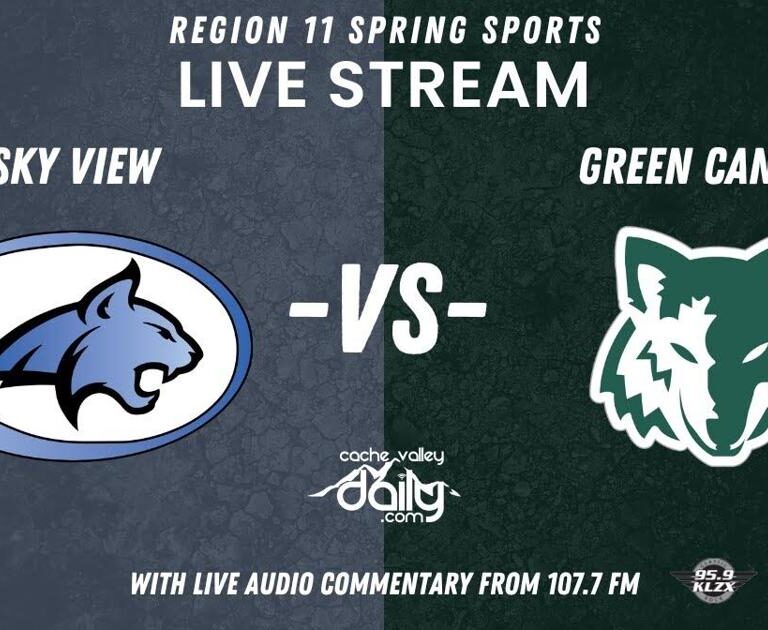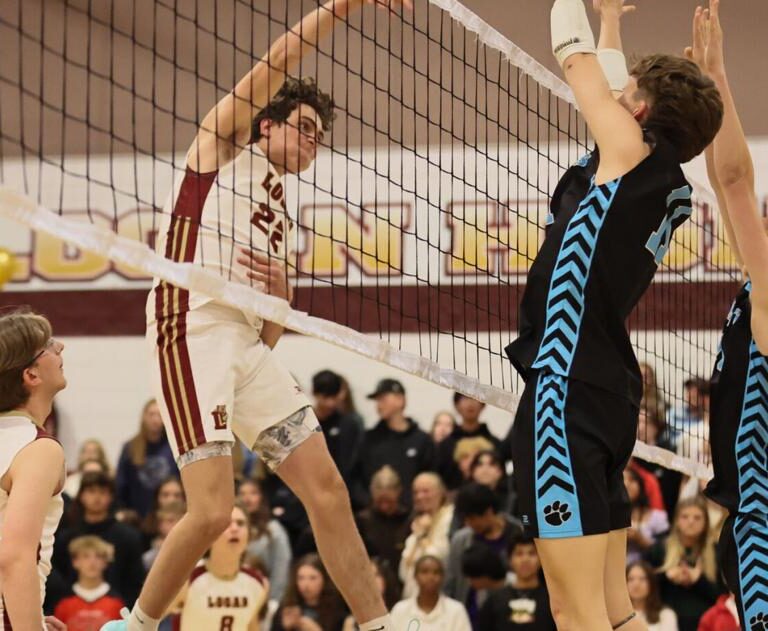LOGAN – Utah State is now 1-4 in a season where most expected/hoped that record would be at least 3-2, or maybe even be 4-1. Yet there remains optimism following Thursday’s loss at BYU, the Aggies’ fourth straight defeat. Some of that stems from the 26 points scored – most since USU’s lone win in Week 0 – but also from the beginning of the Cooper Legas era.
 Most Aggie fans didn’t get much time to anticipate the first start of the junior QB’s collegiate career. Heck, aside from the team personnel who obviously knew, only Legas’ close family were allowed to be informed of his impending start. As such, many of his friends – plenty of whom live near LaVell Edwards Stadium and Legas’ old stomping grounds of Orem High School – didn’t know to be ready to cheer for him.
Most Aggie fans didn’t get much time to anticipate the first start of the junior QB’s collegiate career. Heck, aside from the team personnel who obviously knew, only Legas’ close family were allowed to be informed of his impending start. As such, many of his friends – plenty of whom live near LaVell Edwards Stadium and Legas’ old stomping grounds of Orem High School – didn’t know to be ready to cheer for him.
BYU seemed to be as surprised as anybody that Legas would be behind center on Thursday, leading to early success by USU on offense. The Aggies gained 246 yards in the first half, 142 of those on the ground. Legas played a notable role in making that run game more dangerous.
Utah State hasn’t been able to effectively run block this year, leading to a 2.86 yards per rush rate in the three weeks leading up to BYU (a rate that would be ninth-worst in FBS were it USU season-long average). One way to try and fix this is to create situations where you have a numbers advantage in blockers. That’s not something you can pull off without some serious creativity, but Legas makes the job much easier.
From the very first play, Utah State utilized Legas in creating a numbers advantage. And “from the very first play” is very literal. This run was USU’s opening play on offense. They motioned running back Calvin Tyler Jr. out of the backfield, leading to the only linebacker sprinting to follow, and created a four man box for the five-man offensive line to go against. The result was a solid six-yard gain.
Zone-read looks are something the Aggies have tried to use, leaving a defensive end unblocked and hoping that defender would respect the threat of Logan Bonner pulling and run to keep the DE from chasing down the running back. It never worked and most zone-read looks resulted in the backside defensive end tackling the runner as he tried to get up-field.
Well, the Aggies not only went back to the zone read, but added a bit to it. This next play’s setup is virtually the same as their split zone look, except the Aggie threw in a zone-read wrinkle.
The tight end, normally responsible for kicking out the unblocked defensive end on a split zone play, ignored him and went on to lead block on the outside. Legas then pulled the ball and followed his lead blocker. Credit to said defensive end who still got a hand on Legas and played a part in the tackle, but not after a six-yard gain was in the bag.
Perhaps the most notable use of Legas in the run game is also the murkiest to analyze. In seven separate third or fourth and short situations, Utah State used its quarterback as its primary runner and called effectively the same type of play. Here’s the best-looking one.
This type of play isn’t meant to gain a ton of yards, hence why the Aggies only averaged 2.0 yards per carry on those seven plays. It’s meant to get a first down, everything else be darned. The thing is though, USU only kept the drive going on three of those seven occasions. The play failed more often than it succeeded.
Here’s where it’s murky though. One of those failures was the fumble by Legas in the red zone, which he lost after making the line to gain. Another failure was this play, which only failed because Cole Moates chose the worst time to whiff on a block. If Moates makes his block, this play is a first down.
Several of those failed plays can be nitpicked in a way that makes these calls justified (Moates wasn’t the only one to fail on a key block). The failure wasn’t the play-call, just the execution. The flipside of that coin, though, is the question of whether USU is capable of executing in these short-yardage situations. Would it be better to scheme up a quick pass and shake things up? Another possibility is to bring in Levi Williams, who has a large, powerful frame fit for getting hard-to-get yards. And the Aggies did on one occasion. Williams came in on a fourth and one and converted it, powering through a crowd of Cougars for a hard-fought two yards and a fresh set of downs, one of the three successes.
 Something else that should be brought up in analyzing this is that two of the three successful cases were in the first quarter. Once BYU got a look at that play, they were onto it, and the Aggies only converted once more in their next five attempts.
Something else that should be brought up in analyzing this is that two of the three successful cases were in the first quarter. Once BYU got a look at that play, they were onto it, and the Aggies only converted once more in their next five attempts.
The results on Legas as a short-yardage back are mixed. What this likely means is that we’ll see more of it against Air Force. With more success, maybe the plays against BYU can be chalked up to anomalies or playing a tougher opponent. If they don’t’ work, well, hopefully Anthony Tucker can draw up something different.
As evidenced by how much USU went with Legas on the ground in both short yardage and overall (20 carries on the night), the Aggies’ game plan with Legas at quarterback was to run the ball as much as possible. It was the same case in the LA Bowl. In those two games in which Legas got the lion’s share of snaps, USU ran the ball on 59.6 percent of snaps (compared to 52.6 percent in Bonner’s games at USU). It’s pretty much worked on both occasions, leading to a win over Oregon State and giving a right good scare to the 19th-ranked team in the country.
But while these offensive game plans worked in the moment, staying power is what matters now. So, can it work long-term this season? Well, the BYU game could serve as a microcosm, though it’s not an encouraging example. Utah State controlled the game with its run attack in the first half, but that tactic fell apart in the second half. Side-by-side comparisons of play totals, time of possession and third down conversion rates go a long way in showing how USU’s ball-control offense disappeared when it went into the halftime locker room.
| 1st Half |
2nd Half |
|
| Plays Run |
54 | 27 |
| Time of Possession |
17:26 | 12:00 |
| 3rd Down Conversion |
6-13 | 0-4 |
BYU made adjustments on defense that kept the Aggies from controlling possession to the same degree and future opponents will take notes. USU needs to be a threat through the air to create a balanced offense. That will keep the running lanes open as defenses are forced to remain honest.
A likely method for USU to keep defenses honest is a more-than-healthy dose of play-action. The Aggies caught the Cougars sleeping on its second play of the third quarter and burned them for 28 yards.
Look at all three linebackers and the safety – who BYU had playing the run aggressively to stop USU’s run – bite hard on the play-action. The safety’s absence in particular was key as it led to a more open window for Legas to get the ball to Justin McGriff.
These play-action passes could be critical to bringing Legas along in the passing game. Case in point; in Legas’ career he’s 22 of 34 for 302 yards with two touchdowns and no interceptions on play-action pass plays. On non-play action, he’s just 16 of 37 for 94 yards, two touchdowns and four interceptions.
Perhaps this was one of Utah State’s issues in the second half. After this completion to McGriff, it took 19:32 of in-game time before Legas threw another pass beyond the line of scrimmage (USU ran 16 plays in the interim). And, go figure, his receiver was wide open, and only an underthrown pass from Legas kept it from being a touchdown.
There’s plenty of both positive and negative in Legas’ passing performance in his basically two career games. Against BYU he underthrew receivers on the regular, but his potential for making plays out of the pocket is something USU’s hasn’t had in a hot minute.
This is a play Bonner wasn’t really capable of. In a vacuum, he could make this throw, but getting out of the pocket to create this opportunity, not as much, especially not with his knee injury and lesser mobility this year. Legas adds this element. Ideally, it’s unnecessary and last year Bonner did just fine without the ability to make these plays. But in a year without elite wide receivers, the chance to make something out of nothing becomes a more valuable trait.
So far, though, the coaching staff hasn’t seen fit to truly trust Legas with the full offense, choosing instead to play ultra-conservative and running the ball way more than usual. But if there’s going to be any sort of run at bowl eligibility, Legas will need to make throws. Real throws. Which means he’ll need to step up and the coaches will need to trust that he can.



